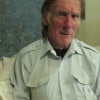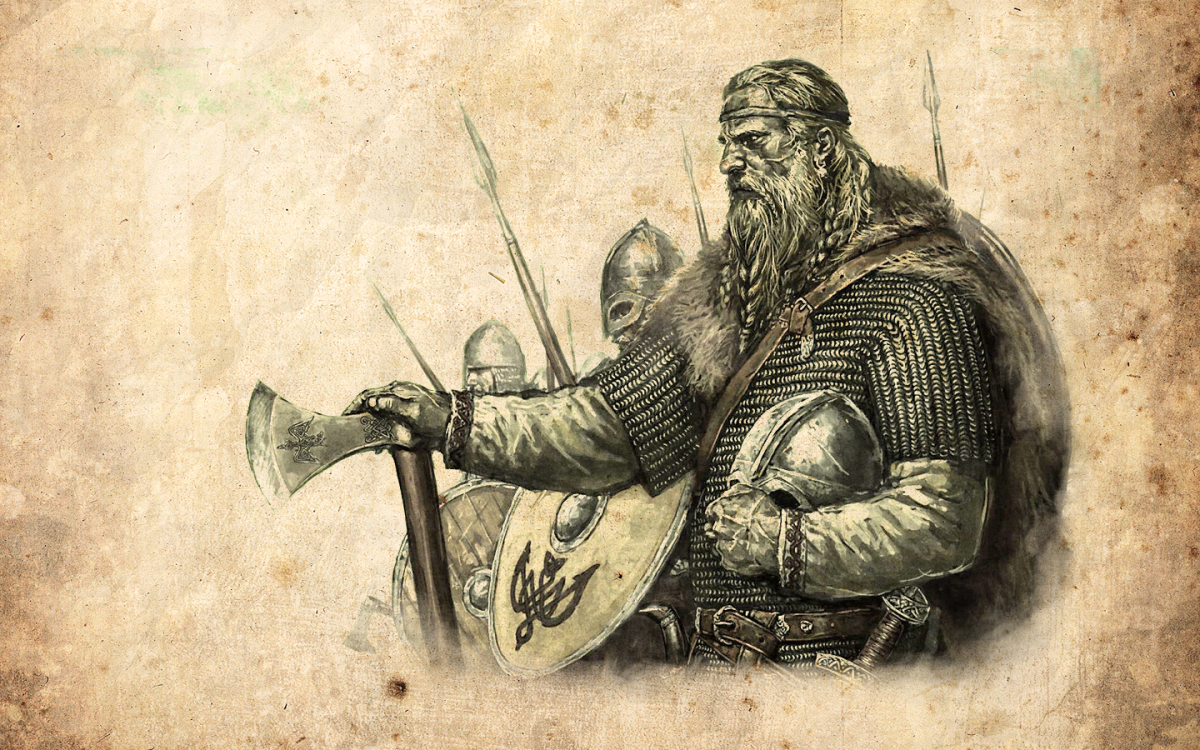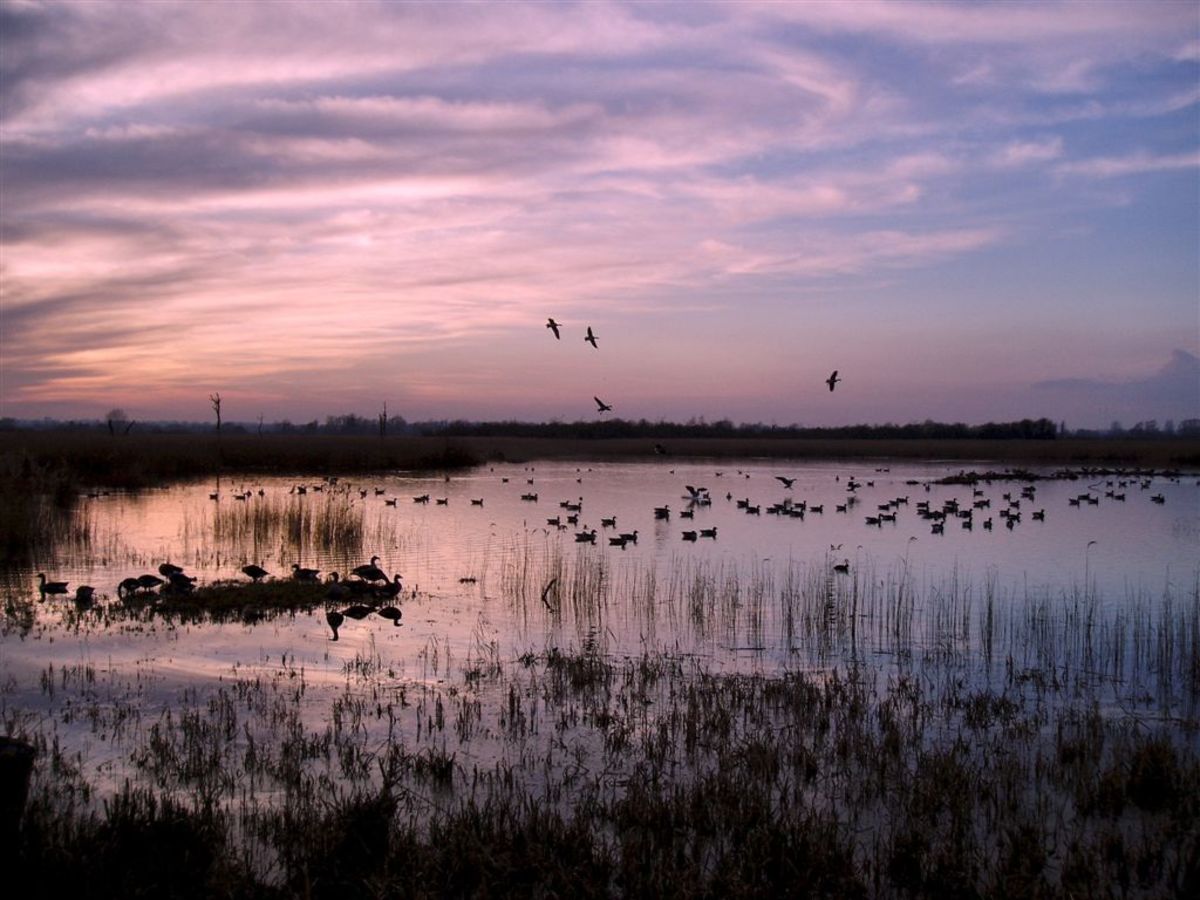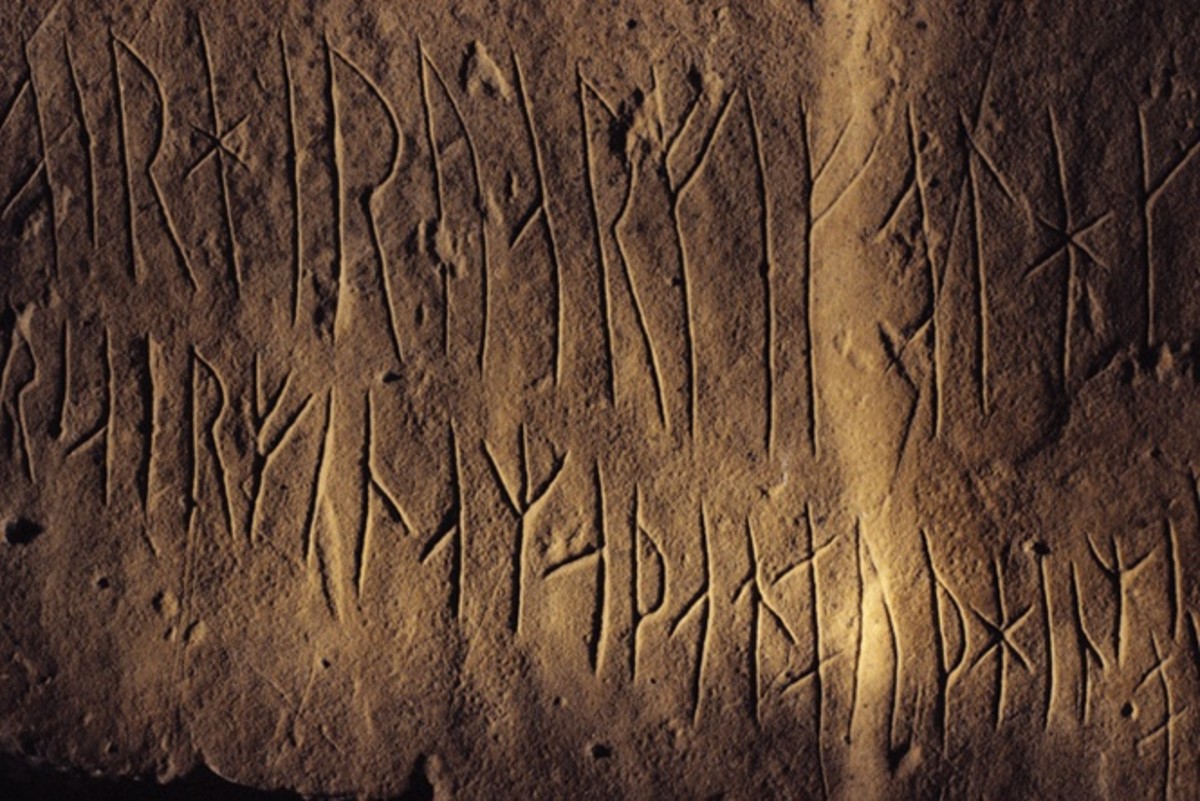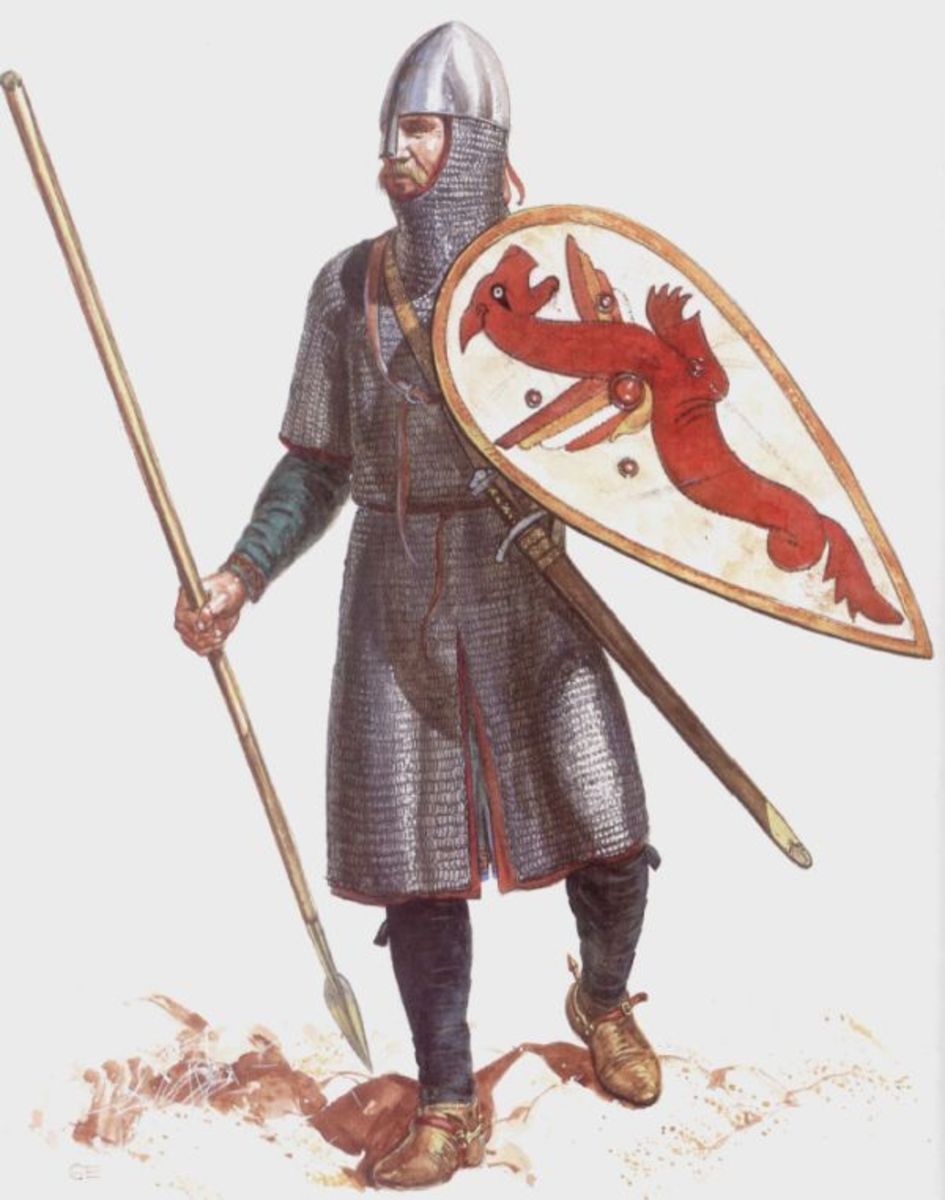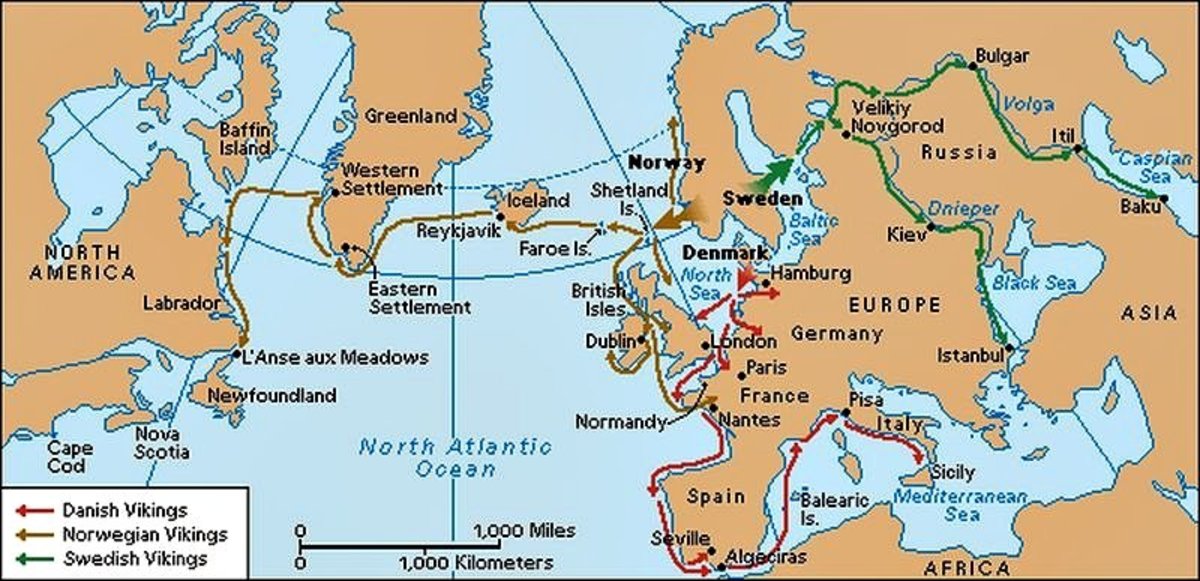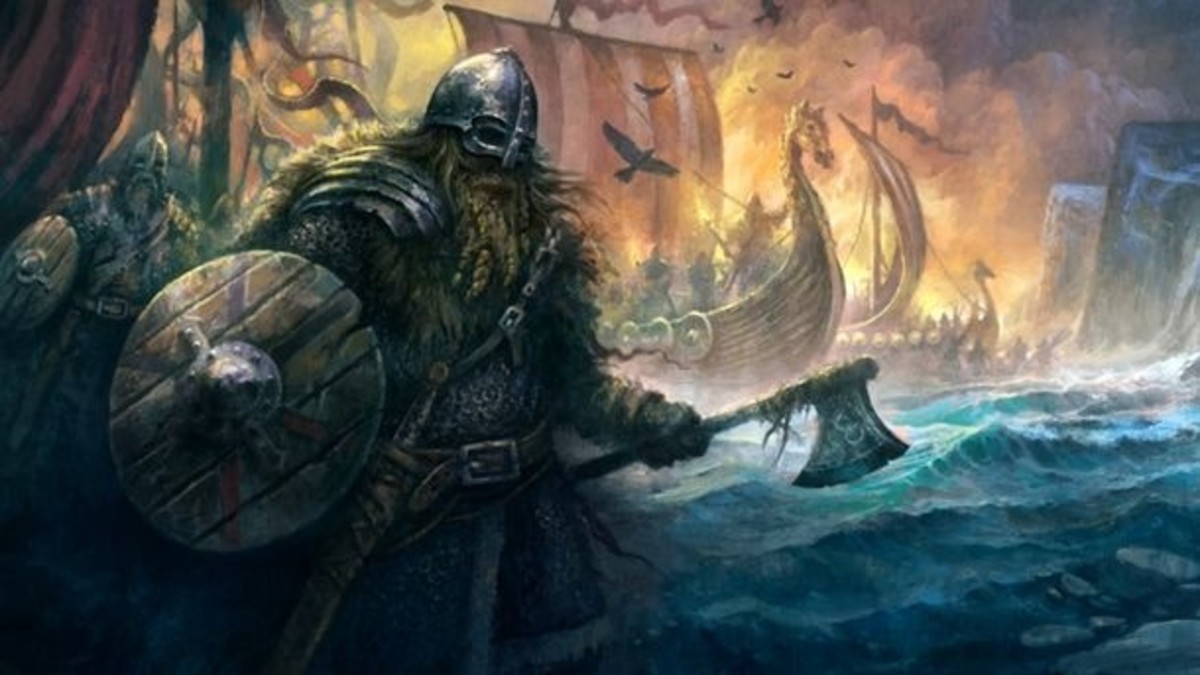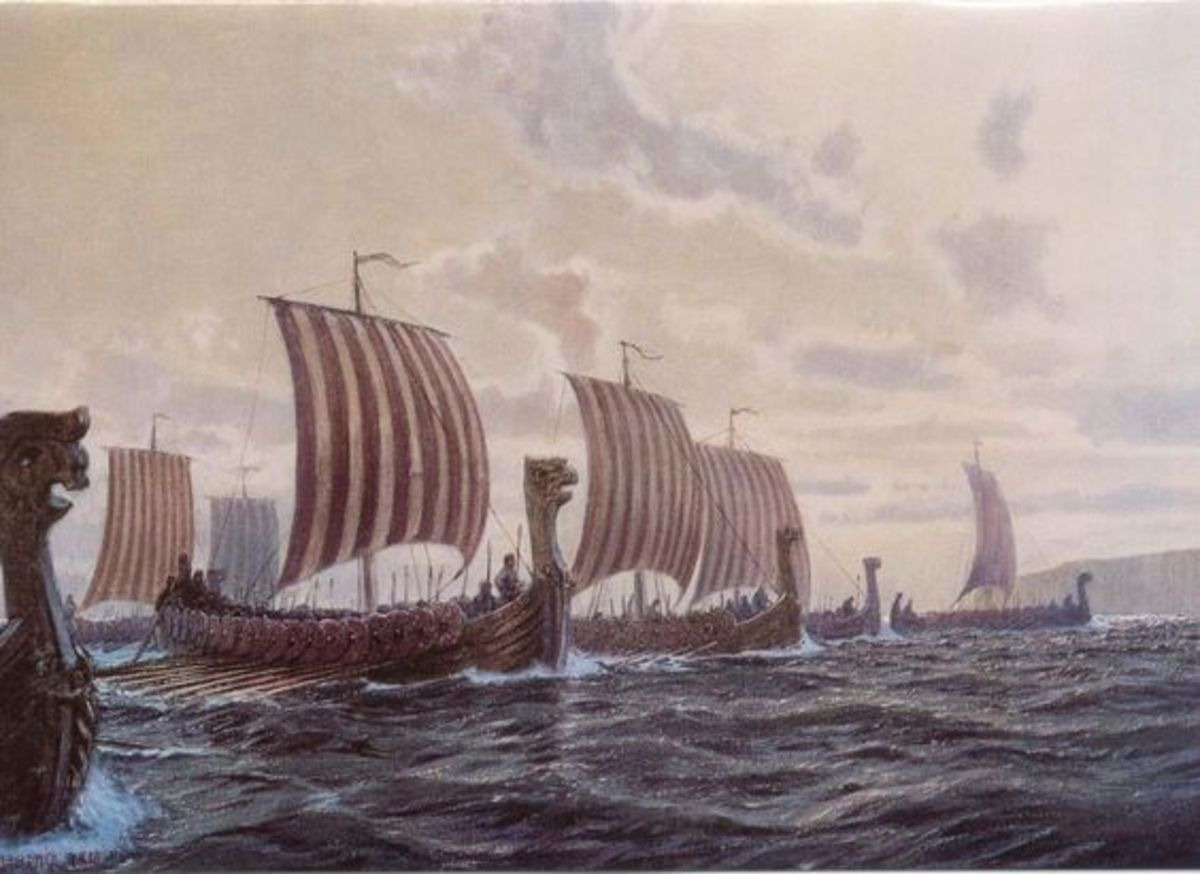- HubPages»
- Education and Science»
- History & Archaeology»
- History of Europe
Danelaw Years - 4: From Aethelred Ii, 'Unraed' to Eadward - the Slow Fuse to Crisis in 11th Century Politics
A state of 'unreadyness' for the kingship of Aengla Land brings Aethelred to the brink
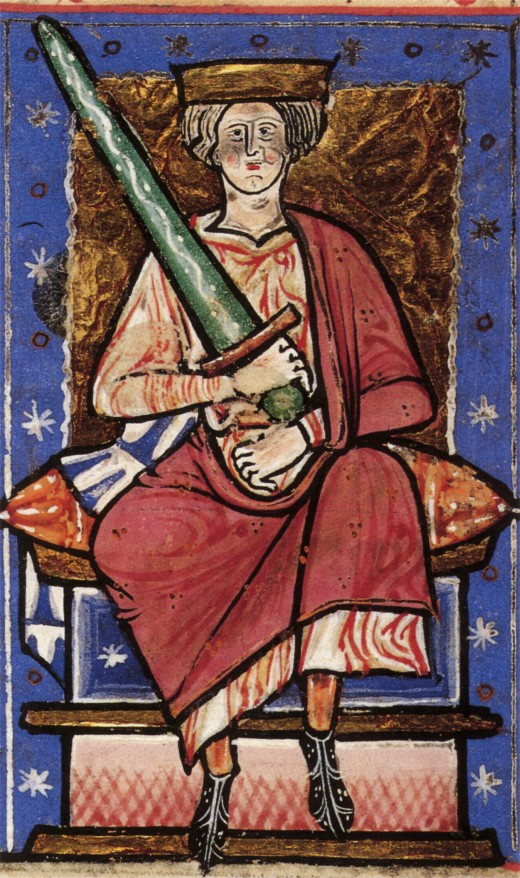
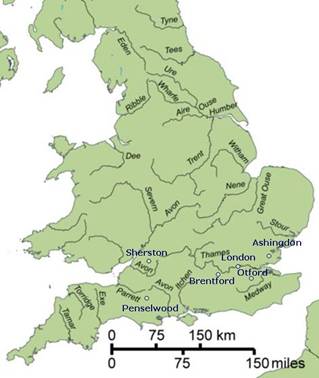
The reign of Aethelred 'Unraed' spanned the late 10th Century to the early 11th
For this hapless king his reign was too long for his own good, broken near the end by events beyond his control and by a war he could not win even with the help of his son Eadmund 'Ironsides' (by his first wife Aelfgifu).
Aethelred passed on before any kind of success could be wrought. Eadmund fought Knut to a standstill and in AD1016 they agreed to share the kingdom... Until Eadmund died shortly afterward of wounds sustained at Assandun. Before dying Eadmund had agreed to share the kingdom with his nemesis Knut. Eadmund would hold Wessex and Anglian Mercia, Knut the rest (roughly the same as Aelfred the Great divided the land with the Danes less than a century and a half earlier.
Knut succeeded to the whole kingdom, dividing it into four self-governing regions, earldoms based on the Danish system. He chose to rule Wessex himself and gave his confederate Jarl Thorkell 'Havi' (the Tall) East Anglia and the Danelaw shires. Ealdorman Eadric 'Streona' was given Mercia, Jarl Eirik had Northumbria. The aetheling Eadwy was outlawed, hunted down and killed and King Eadmund's sons Eadmund and Eadward were taken to Sweden - ostensibly to be quietly murdered, but their tutor and mentor Walgar persuaded the Svear king Onund Jakob to send them on to Holmgard (Novgorod) in the care of Jaroslav.
Before August 1st, AD1017 Aethelred's widow Ymme (Emma) was sent for from Normandy to be Knut's queen. Emma was the daughter of Duke Richard 'the Fearless' of Normandy. For his treachery in twice betraying his king Eadmund and other prominent English nobles, Eadric 'Streona' was struck down on December 25th, as was another nobleman, Northmann. They had both changed sides once too often for their own good. Aethelweard and Brihtric were also despatched for their perfidy. It was not that Knut took exception to men changing sides, but both Eadric and Northmann had twice given their oath to uphold the laws of the kingdom, and had twice betrayed their king. Knut did not want them betraying him in the same way. An oath too easily given was one just as easily broken, after all.
In AD1018 Knut took tribute to the tune of £72,000 and again of £11,500 from the Londoners to pay off his fleet. Sixty ships stayed in England, the rest sailed home to Denmark. Under Knut's rule the English and Danes in his new kingdom swore to uphold Eadgar's laws. By this time the main men at Knut's court were the Danes Earl Thorkell and Eirik, and thegns Thored and Oslac. Eadwulf of Bamburgh and King Maelcolm II of Scotland fought at Carham but Lothian - which had been part of Bernicia (the northern half of Northumbria) since the reign of Eadwy - was lost to the Scots.
In AD1019 Knut left England for Denmark, returning the following year - king of the first truly united kingdom. He went with Archbishop Wulfstan and Earl Thorkell to Assandun to consecrate the new minster ordered to commemmorate those killed there in AD1016 when he and Eadmund fought. The minster church was put in the care of the priest Stigand, who would later rise in standing under Eadward.
Thorkell 'Havi' was outlawed in AD1021, and then reconciled with Knut two years later when he was appointed regent of Denmark. Knut returned to England, bringing Thorkell's son with him - as hostage to Thorkell's good conduct (the earl knew his king was capable of reining him in again by killing his hostage)!
The relics of Aelfheah were translated from London to Canterbury in mid-summer - he had been slain by the Danes eleven years earlier.
AD1025 saw Knut take a fleet to Denmark again, to deal with jarls Ulf and Eilaf. They fought at Helgeaa (Holy River) in southern Skaane. Although both sides suffered heavy losses Knut lost many Danes and Englishmen. He was so taken with the way Earl Godwin of Wessex fought he offered him the hand of his sister Thyra in marriage. Unluckily, soon after, Thyra died - possibly in childbirth - and Godwin married Gytha, (Jarl Ulf's sister) Knut's sister-in-law. By this time Godwin was one of the leading earls in England along with Osgod 'Clapa' and Tofig.
In AD1027 Knut offered 'sops' to the Norwegians to take him as king instead of Olaf Haraldsson. The matter settled he set off for Rome to attend the coronation of the emperor Conrad. The following year saw Knut sail for Norway with fifty ships. He expelled Olaf, annexing the kingdom. Young Harthaknut (his son by Ymme) was left as king in Denmark under Knut's watchful eye before returning to England. Jarl Hakon was banished to Norway. In AD1030 Olaf showed up again in Norway, to find the broad mass of Norwegians ranged against him. Olaf was killed in battle at Stiklestad and his nephew Harald Sigurdsson escaped east through Sweden to Holmgard. Jarl Hakon was lost at sea and Svein Knutsson (the king's son by his common law wife Aelfgifu of Northampton) was made king in Olaf's stead, answerable nevertheless to his father.
Knut set off for Rome again, returning a year later to Scotland where Maelcolm II yielded to him with two other rulers, Macbeothen (Macbeth) of Moray and Iehmarc of Man.
By AD1033 his court was bcoming more English in its composition, with Godwin as Earl of Wessex, Leofric as Earl of Mercia and Aelfwin of East Anglia. The Danes, Osgod and Tofig were relegated to less important tasks, but the most senior Dane Siward held on to Northumbria.
Attacks by Duke Robert of Normandy in support of Eadward, Ymme's son by Aethelred, were threatened but never materialised because of adverse winds and sea currents.
In AD1034 Olaf, son of Sigtrygg 'Caech' ('Squinty') was killed by the men of Jorvik. Olaf was the last of a line of Danish kings of Dublin who had been thrown out by the High King Brian Boru from Ireland.
Knut died at Shaftesbury on 12th November, AD1035, and was buried at the Old Minster of Winchester. Cradoc, the son of Rhydderch ap Gwent was killed raiding in Herefordshire. Harold Knutsson, 'Harefoot', was made ruler of Mercia and Northumbria on the death of his father, with his half-brother Harthaknut the nominal lord of Wessex through Godwin. Ultimately, as Knut's legitimate heir, Harthaknut was titular king of all England and Denmark. Godwin and the thegns of Wessex opted to stand by Harthaknut as king chosen by his father to succeed. Ymme was to stay in Winchester, to hold Wessex for Harthaknut, her son by Knut. The first issue of coins minted in Wessex carried Harold's name with Harthaknut's portrait. Harthaknut's failure to come and claim the English crown meant Ymme had to flee in AD1037, giving Harold 'free rein' (in AD1036 the aethelings Eadward and Aelfred, the sons of Aethelred by Ymme, crossed from Normandy with their bodyguards to land on the south coast. They made their way overland towards Winchester, ostensiobly to pay their respects to their mother but (it was suspected) to claim the throne for Eadward. Before they could reach her Aelfred was arrested by Godwin near Guildford on behalf of Harold as the earl was on his way to see the regent from his ancestral lands near the south coast. Blinded, Aelfred was taken to Ely and left to die there of his wounds. Worried about the safety of her other son by Aethelred, Ymme sent Eadward back to Normandy under safe conduct.
Harold Knutsson was acknowledged throughout the kingdom as Knut's lawful heir and, still unable to claim the throne of England because he was beset by King Magnus of Norway and Onund Jakob of Sweden, Harthaknut was repudiated. Ymme awaited her son Harthaknut in Brugge.
In AD1039 the Welsh attacked Herefordshire, killing Earl Leofric's brother Eadwin as well as Thorkell, Aelfgeat and a number of other Mercian nobles. Harthaknut joined his mother in Brugge on his way to claim the throne of England. He was waiting for his fleet when news of Harold's sudden death at Oxford reached him. On arrival he was welcomed - by the same nobles who repudiated him, including Godwin - and a number of his followers disinterred Harold's body from its tomb at Westminster, beheaded it and threw it into the Thames. A Danish fisherman - one who by grace of marrying an Englishwoman was entitled to live in London - hauled out the headless corpse and with the support of several nobles had Harold reinterred at the old Church of Saint Clement near the river.
Ymme meanwhile sent for Eadward in the hope of gaining some sort of recognition for her efforts on his behalf. She may have done this in conceding to Harold's supporters who wished for an English heir. In AD1040 Harthaknut had reached England unopposed with sixty ships. He then set a tax at eight silver marks to the oar to pay off the fleet. Bishop Lyfing of Worcester was charged with colluding in the death of the aetheling Aelfred and his see was given to Archbishop Aelfric. Lyfing was restored in the following year to his see, however. Godwin was also charged but was able to clear himself on oath - and with the costly gift of a ship to Harthaknut.
[A famine that same year raised the price of a sester of wheat to 54 pence and over. King Duncan of Scotland led an unsuccessful attack on Durham].
In AD1041 the fleet tax was collected to the tune of over £21,000, over £11,000 of which was paid for thirty-two of the ships. The remainder stayed in England. Harthaknut had Worcester ravaged for the killing of two of his thegns collecting taxes in May that year.
The aetheling Eadward, now in his thirties, came back to England. Earl Eadulf of Bamburgh was betrayed to Siward and slain whilst under the king's protection. Eadward was offered joint kingship by his half-brother Harthaknut and for a short time in AD1042 they ruled in the same way as Knut and Eadmund 'Ironside' were to have done in AD1016. However Harthaknut's share of the dual reign was not to last, in the same manner as Eadmund's. At a wedding feast given by Knut's erstwhile friend Osgod 'Clapa' in honour of his daughter Harthaknut choked (the clerical euphemism was 'died in his cups'). The incident was probably brought on by merrymaking, laughter, chatting whilst eating or drinking, carousing. He lingered in a coma for days until finally dying on June 8th, AD1042.
Eadward was now sole king, and was crowned almost ten months later at Westminster on April 3rd, AD1043. Born at Islip in Oxfordshire within the first decade of the eleventh century, he was close to the break-up of the kingdom when only in puberty. Aethelred already had sons, Eadmund 'Ironside', Aethelstan, Eadred, Eadwig and Eadgar, only two of whom - Eadmund and Eadwig - would live to see Knut crowned. Eadwig was left on his own when Eadmund died suddenly in AD1016. He would not see out another twelve months, however. Eadward's only full brother Aelfred by his mother Ymme had been blinded and left forlorn in Ely after a misguided mission to take the throne. Able to spirit Eadward away back to Normandy, Ymme had saved him from a vengeful Harold 'Harefoot' who himself would not see out the year.
Eadward took the throne not long after. Ymme had treasures taken from her on her son's orders on the grounds that she had spent her energy on Harthaknut's behalf at his expense. Stigand, Ymme's closest adviser, was deprived of the Bishopric of East Anglia.
The following year the kingdom was again gripped by famine, the price of wheat rose dramatically and Knut's niece Gunnhild was banished. Leaving first for Brugge, she went on to Denmark. Fearing a backlash Eadward had the fleet assembled at Sandwich. Finally Stigand was restored to his bishopric after Eadward satisfied himself that he had given Ymme no more than impartial counsel.
From then on until his death Eadward's kingdom lurched from one political crisis, threat of attack and from one disappointment to another. He was past caring after Tostig's banishment in AD1065, the last few months sliding past into a fog... and death on January 6th, AD1066.
Next - 5: Knut, a Great Dane
An unlucky episode for an unwise king
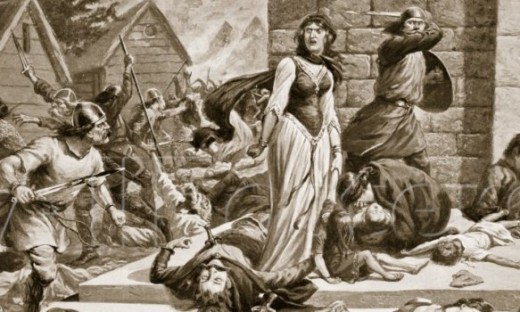
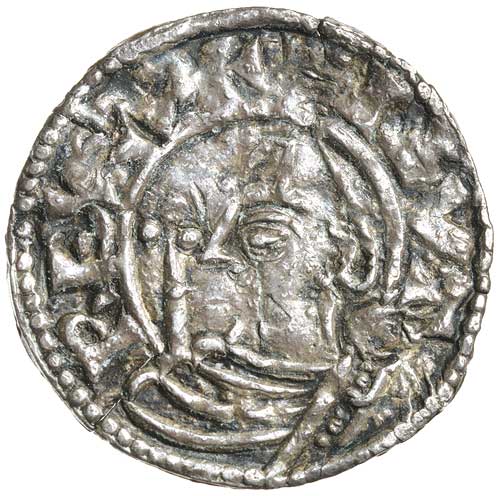
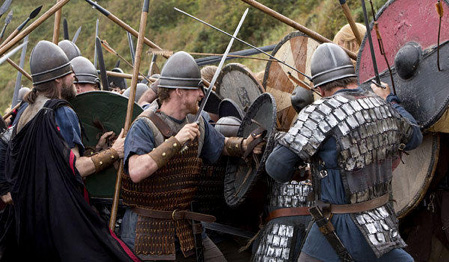
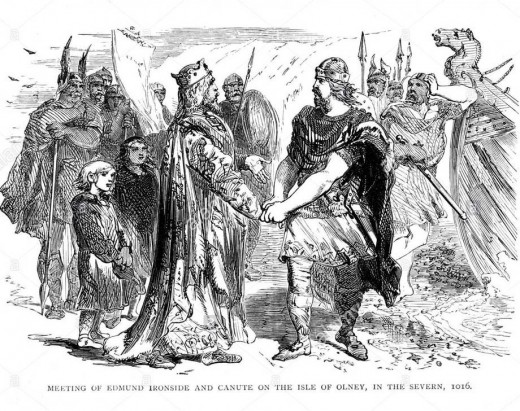
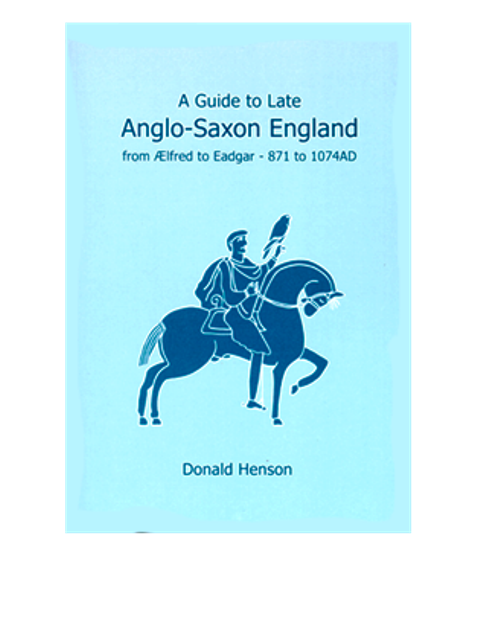
Donald Henson's thorough-going overview of England's monarchs and their times, from Aelfred to Eadgar, AD 871-1074. Each king receives due attention - even Aethelred II - that includes a chronological perspective of their reigns, the men who served them, the women they wedded and their offspring. Sometimes confusing, the era is more than adequately clarified by Mr Henson.
© 2012 Alan R Lancaster
